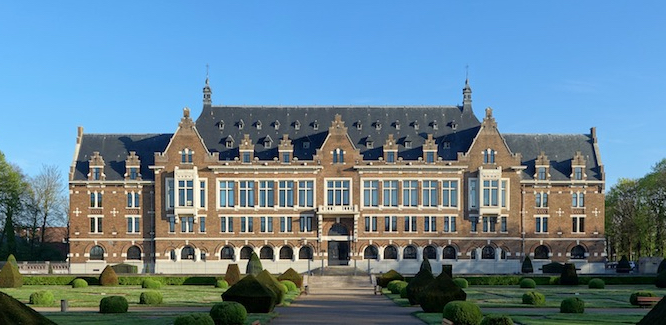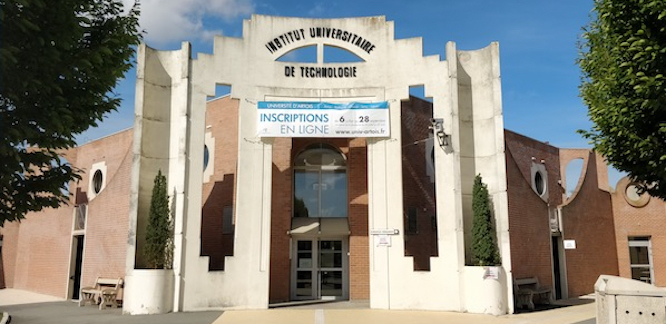Le CRIL en bref


Le Centre de Recherche en Informatique de Lens (CRIL UMR 8188) est un laboratoire de l’Université d’Artois et du CNRS dont la thématique de recherche fédératrice concerne l'intelligence artificielle et ses applications. Il regroupe près de 70 membres : chercheurs, enseignants-chercheurs, doctorants et personnels administratifs et techniques.
Le CRIL participe à la Confédération Européenne de Laboratoires en Intelligence Artificielle CAIRNE et à l'alliance régionale humAIn. Il bénéficie du soutien du Ministère de l’Enseignement Supérieur et de la Recherche, du CNRS, de l’Université d’Artois et de la région Hauts de France.
Le CRIL est localisé sur deux sites à Lens : la faculté des sciences Jean Perrin et l’IUT.
Actualités (RSS)
Séminaire Séminaire de Nicolas Schwind
Iterated Belief Change as Learning
4 déc. 2025 - 14:00In this work, we show how the class of improve- ment operators – a general class of iterated belief change operators – can be used to define a learning model. Focusing on binary classification, we present learning and inference algorithms suited to this learning model and we evaluate them empirically. Our findings highlight two key insights: first, that iterated belief change can be viewed as an effective form of online learning, and second, that the well-established axiomatic foundations of belief change operators offer a promising avenue for the axiomatic study of classification tasks.
Cinq papiers acceptés à AAAI'26
Les papiers suivants seront présentés à la 40ème conférence AAAI annuelle d’intelligence artificielle (AAAI'26) : Aperiodic Tiling and Rhythmic Canons: A CP Journey Guillaume Derval, Christophe Lecoutre* Generalizing Analogical Inference from Boolean to Continuous Domains Francisco Cunha, Yves Lepage, Miguel Couceiro, Zied Bouraoui. Targeting in Multi-Criteria Decision Making Nicolas Schwind, Patricia Everaere, Sébastien Konieczny, Emmanuel Lonca Truth-Tracking Evaluation in Opinion-Based Argumentation Juliete Rossie, Jérôme Delobelle, Sébastien Konieczny, Srdjan Vesic Structure-Aware Encodings of Argumentation Properties for Clique-width
Séminaire Séminaire de Lars Kotthoff
The Shapley Value & the Temporal Shapley Value for Algorithm Performance Analysis
27 nov. 2025 - 14:00It is surprisingly difficult to quantify an algorithm's contribution to the state of the art. Reporting an algorithm's standalone performance wrongly rewards near-clones while penalizing algorithms that have small but distinct areas of strength. Measuring an algorithm's marginal contribution is better, but penalizes sets of strongly correlated algorithms, thereby obscuring situations in which it is essential to have at least one algorithm from such a set. Neither of these measures takes time into account, penalizing algorithms that are no longer state-of-the-art, but were when they were introduced.
Séminaire Séminaire de Daniel Le Berre
Le logiciel libre de recherche : un pilier de la science ouverte
20 nov. 2025 - 14:00Le logiciel libre de recherche est au même titre que les publications ouvertes ou les données ouvertes un pilier de la science ouverte. C’est notamment un vecteur important de diffusion des savoirs académiques dans la société car il s’agit de « connaissances exécutables ». Des problèmes spécifiques se posent cependant pour le logiciel : quand et comment le diffuser ? quelle licence choisir ? faut-il accepter des contributions externes ? dans l’affirmative, comment gérer ces contributions ?
Séminaire Séminaire d'Emmanuel Lonca
Présentation du fonctionnement du cluster
13 nov. 2025 - 14:00Présentation du fonctionnement du cluster